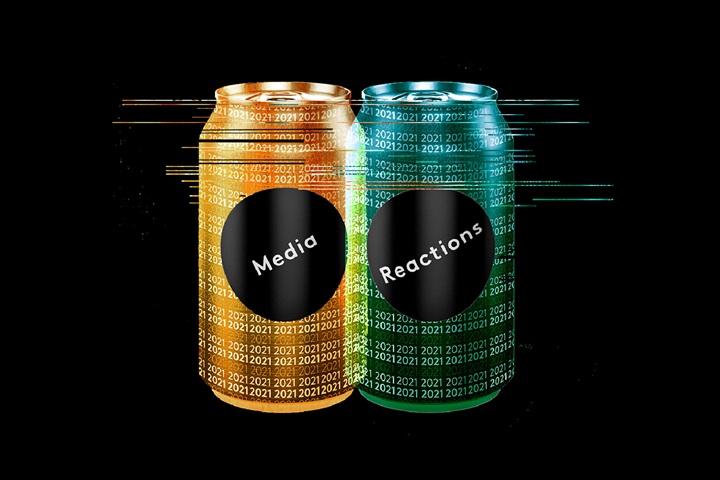When it comes to engaging with consumers across the purchase journey, advertisers have a few challenges – which media channels do I use for my campaign across which part of the purchase journey? What combination of channels are the most effective for my brand? And what metrics properly reflect that effectivity?
In a move to better understand how different touchpoints come together to create an effective media campaign, Kantar brought its expertise in touchpoint measurement together with Singapore Press Holdings’ (SPH) knowledge of media channels and audience engagement. The result was a a Connect study focused on Singapore communications channels and audiences that is intended to help advertisers and marketers craft better media plans.
Crucially, the study also reframes the media effectivity conversation. Instead of holding up reach and frequency as the standard of an effective media plan, Connect gives advertisers a more effective way to measure media channels, called Brand Impact.
Brand Impact combines audience reach with the quality of the touchpoint experience to deliver a more holistic form of measurement. This quality of experience comes from having an immersive engagement with the medium as well as through ads which offer quality and relevant information
This is the largest Connect study ever undertaken by a media publisher globally, bringing a level of data-driven insight into how touchpoints impact advertising and audiences along the purchase funnel. It enables SPH to recommend the best mix of touchpoints (regardless of the type of channel – paid, owned, or earned) for an advertiser’s media campaign based on target audience, budgets, and campaign objective.
Offline still matter
Comparing the impact of offline touchpoints to online touchpoints, we found that offline touchpoints had just as much impact, or even greater impact in certain categories, as online touchpoints. We found offline touchpoints generally had higher quality of experience than online touchpoints. Many online touchpoints suffer from low reach or low quality of experience – or both, due to limited audience attention spans and “smaller ad windows” aided by fast scrolling and constant switching between apps.
In the property category, for example, newspaper ads have an impact of 5.7% with a reach of 6.8% whereas newspaper digital ads on social media have a lower impact of 3.2% and a lower reach of 3.6%.
While online media is important for younger audience segments, offline media is effective for everyone else
A logical finding is that online touchpoints are stronger for younger target audiences such as Gen Z, for whom paid social media and influencer posts generate impact. For the second youngest segment, Millennials, the study is clearly showing the impact that offline media is having on categories that they interact with – newspaper advertising for health and wellness, outdoor ads for food & beverage and supermarket shopping.
For Gen X, offline touchpoints start dominating with higher impact scores. Newspapers are prominent across most categories on account of high reach among this audience segment. Magazines for apparel, jewelry and watches, TV for personal care and food & beverage, and outdoor for insurance are the high impact-creating touchpoints. The high brand impact from these touchpoints is driven by high reach, with the exception of TV for food & beverage, which also has high quality of experience.
Three golden rules for media planners
- A touchpoint needs to generate both reach and quality of experience to be effective. Do not look at reach as the primary criteria for touchpoint utilisation while designing touchpoint strategy. Brand impact is the true measure of a touchpoint’s effectiveness and to create an impact, a touchpoint needs to generate both reach and quality of experience.
- Paid offline touchpoints remain impactful and particularly so for long purchase cycle categories. Newspapers are among the top 3 touchpoints for almost all categories, and is the top touchpoint for 9 out of 19 categories. Newspapers and magazines can have particular impact in media campaigns for products with primarily visual appeal like apparel, jewelry, and watches.
- The touchpoint performance varies by demographics, with online touchpoints working better for younger audience, however offline touchpoints also have a role to play (especially OOH channels for lower income groups). For Gen Z and Millennials, online touchpoints are creating a bigger impact but offline has a role to play in key categories such as babycare, health & wellness, food & beverages and financial services.

